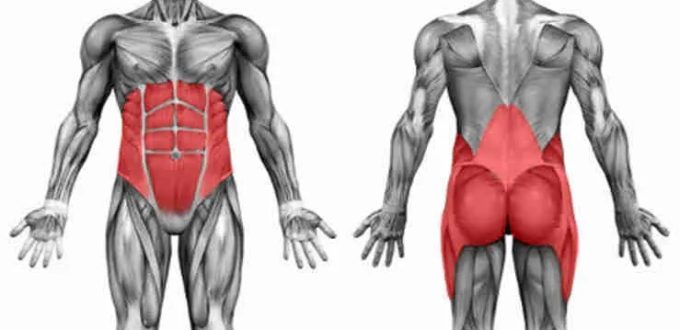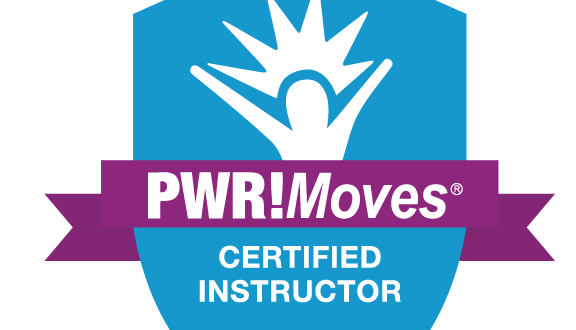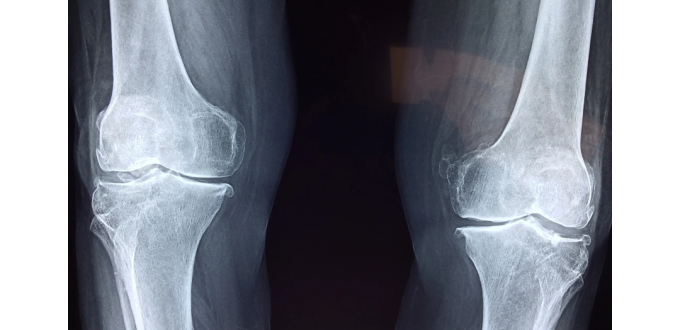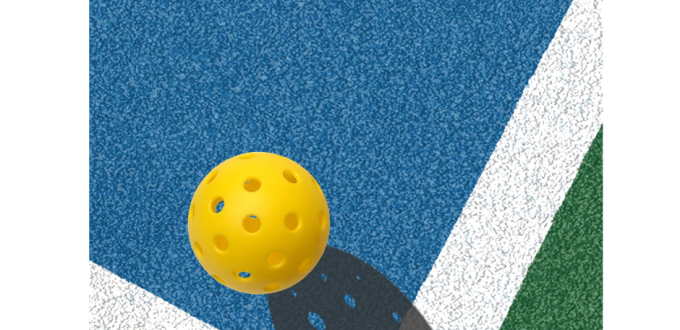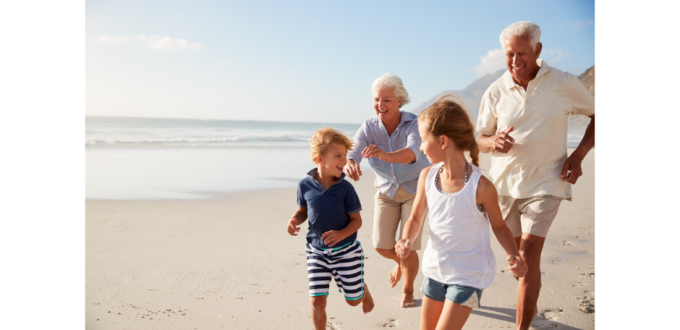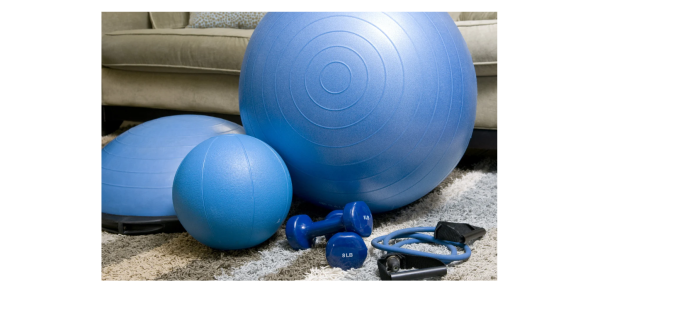You have probably heard of your core or activate your core or use your core or strengthen your core. Do you know how or why it is so important?
If you are unsure about what your core is, it is what connects your lower body to your upper body. It involves the muscles in your trunk, abs, hips, pelvis and muscles surrounding your spine.
It plays an important role in keeping us stable and balanced. Which means it helps prevent falls and also prevents any other injuries! The stronger our core the better our balance and coordination is.
The core is what supports your spine so if you have a strong core it can prevent or decrease back pain and improve your posture.
A strong core also allows for more effective strength training of other muscles in your body. The core is what we use for stability and mobility with everyday tasks so it is something we should use often and can practice daily. Housework, playing with grandkids and other daily activities will be easier and safer with a stronger core.
How to engage the core: Start by either lying down on your back with your knees bent or sitting in a chair. Pull your belly button in toward your spine to tighten/engage. Keep your spine in a neutral position, meaning nothing moves you are just tightening by pulling your belly button in. Keep breathing while you tighten. There can be a tendency to hold your breath but please keep breathing through it. Start with holding it tight for 3 seconds and slowly work up to be able to do 10 and then work up being able to hold it for 10 seconds. For more of a challenge try to activate your core while walking.
There are great core exercises that you can do anywhere and without any equipment. I recommend Bridges, Bird Dogs and Planks. These can all be modified to make easier or more challenging depending on your individual needs. Avoid sit ups and crunches as they have been found to be ineffective.
As always please let me know if you have any questions or would like help with any core exercises.

